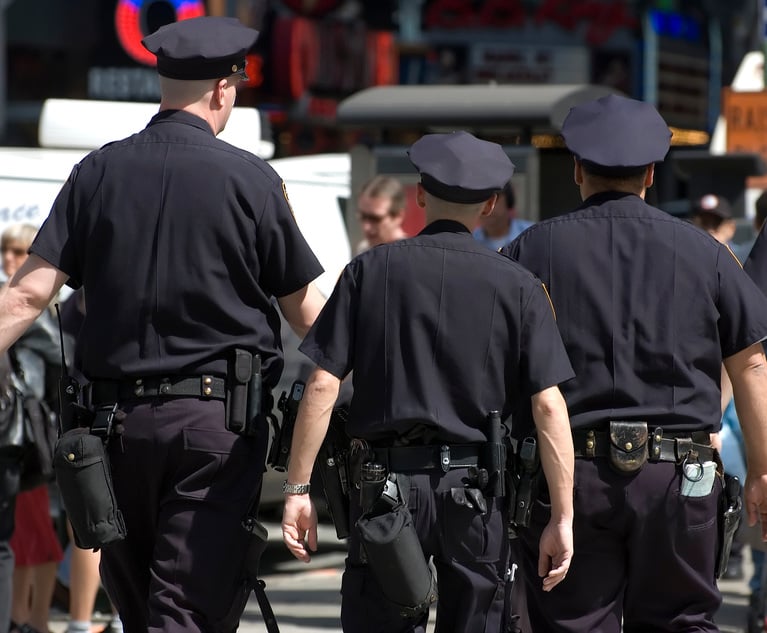There has been extensive media focus on the Green New Deal introduced by U.S. Senator Ed Markey and Representative Alexandria Ocasio-Cortez in February 2019, with critics calling it both wildly overambitious (it calls for the United States to obtain 100% of its energy from renewable sources in 10 years) and unduly vague (it is a manifesto of climate action principles more than legislation). However, those critics may have missed the point. In the face of federal inaction on climate change, dozens of states and cities have already taken concrete steps towards decarbonization. The federal resolution (H. Res. 109, S. Res. 59) is drawing attention to, and in some cases momentum for, these local versions of “green new deals.”
New York City has been laying the groundwork for ambitious reductions in greenhouse gas emissions for years. In 2009, for example, as part of the City’s Greater Greener Buildings Plan, the City enacted legislation to require large buildings to annually “benchmark” energy (and water) consumption and conduct regular energy audits. In 2014 Mayor Bill de Blasio announced the City’s commitment to reduce greenhouse gas (GHG) emissions 80 percent by 2050 against 2005 levels. On April 18, 2019, with great fanfare, the New York City Council passed a key component of the City’s climate strategy, the 2019 “Climate Mobilization Act.” The Act aims to reduce greenhouse gas emissions in New York City by cutting building emissions by 40% by 2030 and 80% by 2050. It is one of the most demanding climate change laws in the country and will have an unprecedented impact on large residential buildings, which is the focus of this article.


 Christopher Rizzo and Karen Meara, Carter Ledyard & Millburn.
Christopher Rizzo and Karen Meara, Carter Ledyard & Millburn.




